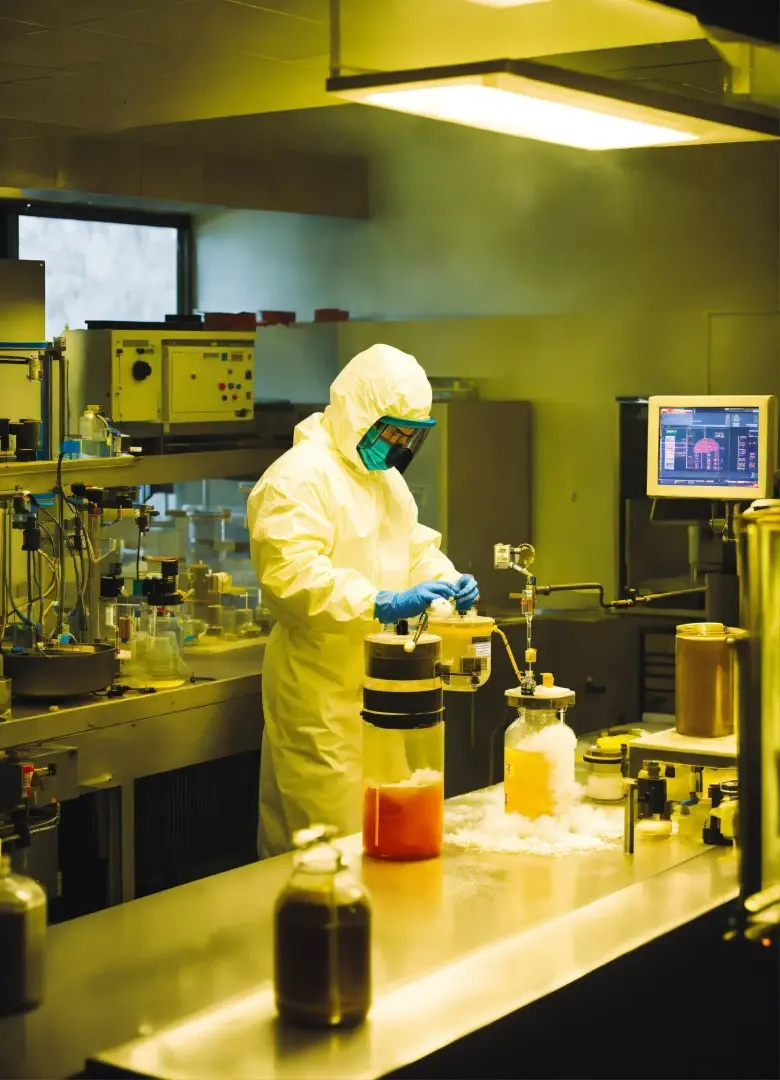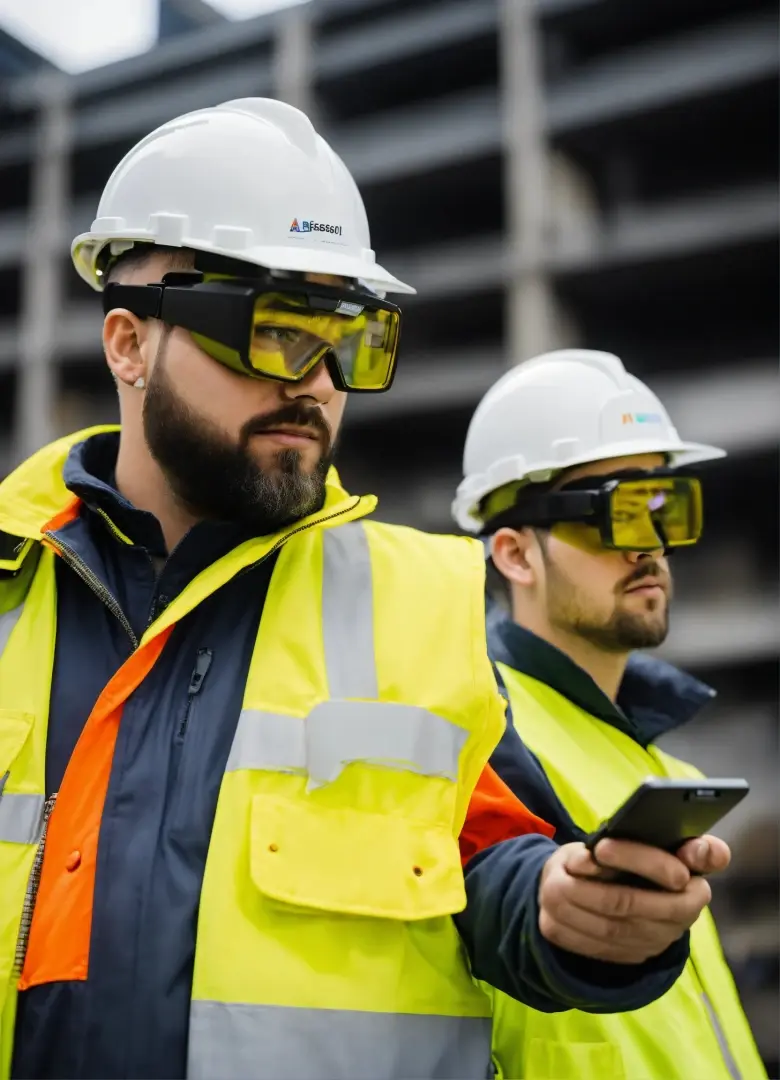ABOUT US
Shaping our future
With all the global problems our planet faces today,
communities of people concerned with them are growing
to prevent the negative impact.
There are several reasons why the use of safety gear still remains poor among workers, despite the importance of personal protective equipment (PPE) in preventing injuries and accidents in the workplace. Here are some common factors:
- Lack of awareness and training: Many workers may not fully understand the risks associated with their jobs or the importance of using proper safety gear. Inadequate training on the correct use and maintenance of PPE can also contribute to poor compliance.
- Discomfort and inconvenience: Some workers may find safety gear uncomfortable, bulky, or restrictive, which can discourage them from wearing it consistently. Issues like poor fit, poor breathability, or limited mobility can make workers reluctant to use PPE.
- Perceived invincibility: Some workers, especially those with more experience or those who have not experienced a serious accident, may develop a sense of overconfidence and underestimate the risks, leading them to neglect safety measures.
- Normalization of risk: In certain industries or workplaces, a culture of accepting risks as "part of the job" can develop, which normalizes the lack of safety gear usage.
- Lack of enforcement and accountability: In some workplaces, there may be a lack of strict enforcement of safety regulations or consequences for non-compliance, which can contribute to workers becoming complacent about using PPE.
- Cost and availability: In some cases, employers may not provide adequate safety gear or may opt for lower-quality equipment to save costs, which can discourage workers from using it.
- Time constraints and productivity pressure: Workers under tight deadlines or production pressure may prioritize speed over safety, leading them to skip the use of safety gear to save time.
- Lack of management commitment: If management does not prioritize safety and lead by example, workers may perceive safety gear usage as less important or optional.
Addressing these issues through effective training, strict enforcement, cultural shifts, comfortable and accessible PPE, and strong management commitment to safety can help improve the use of safety gear among workers and reduce the risk of injuries and accidents in the workplace.
Start writing here...





